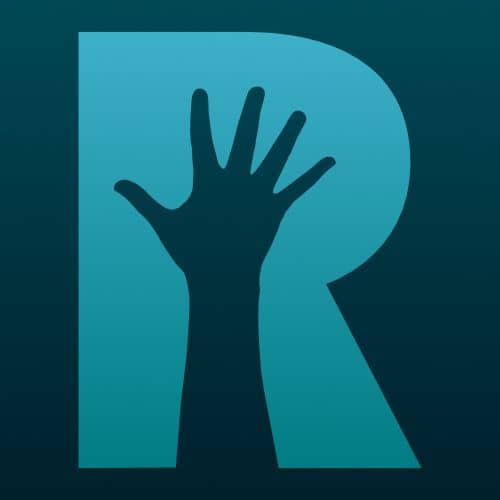
REACH Business Campaign
Recruiting commercial plazas to adopt a voluntary smoke-free outdoor policy.
The Centers for Disease Control and Prevention (CDC) - REACH (Racial and Ethnic Approaches to Community Health) Smoking-Cessation Campaign was a comprehensive marketing and outreach project aimed at empowering the Vietnamese American community to lead healthier lifestyles. The campaign focused on reducing chronic diseases, promoting healthy behaviors, and addressing health disparities within the community through targeted smoking cessation efforts. This project aimed to encourage small businesses to adopt a voluntary smoke-free environment in the cities of Garden Grove, Westminster, Santa Ana, Fountain Valley, and Anaheim.
Goals
- To empower the Vietnamese American community to achieve a healthy and happy lifestyle
- To provide access to reduced-cost or free cessation treatments
- To deter and protect people from secondhand smoke exposure
- To increase awareness and practice of healthy behaviors to decrease preventable chronic illnesses
- To increase and implement known solutions to meet REACH’s commitments
Approach
- Media Outreach - Public messages were disseminated through multiple channels to maximize reach and engagement.
- Plaza Participation - Recruitment of plazas to promote health services, featuring testimonials from plaza owners to enhance credibility and public reception.
- E-Referral System - Over 3,500 patients were referred to low-cost or free health services via a coalition of 13 partners.
- Regular Updates - Bilingual content was consistently updated on websites, Facebook, and Twitter to keep the community informed and engaged.
Results
- Almost 70 plazas recruited and adopted a smoke-free policy
- 230+ “Live Well” signs posted
- 787 pre-surveys and 1,500 post-surveys conducted
- 1,500+ businesses reached and positively impacted
- 150,000+ people reached, including business tenants, employees, and patrons
- 90% people surveyed indicated they support a smoke-free environment
Year One
BPSOS and ArrowGTP launched a mass media campaign promoting smoke-free environments and reducing chronic illnesses among Vietnamese Americans in five cities. The campaign included culturally adapted branding, website development, social media profiles, and various promotional materials. A successful press conference helped establish media partnerships to support the initiative.
Year Two
The focus shifted to translating and promoting health information on smoke-free environments and chronic illness prevention. ArrowGTP and partners promoted the Smoke-Free Outdoor program and increased Community Clinical Referral System referrals. The integrated media strategy included 45 media appearances, continuing the momentum from the first year.
